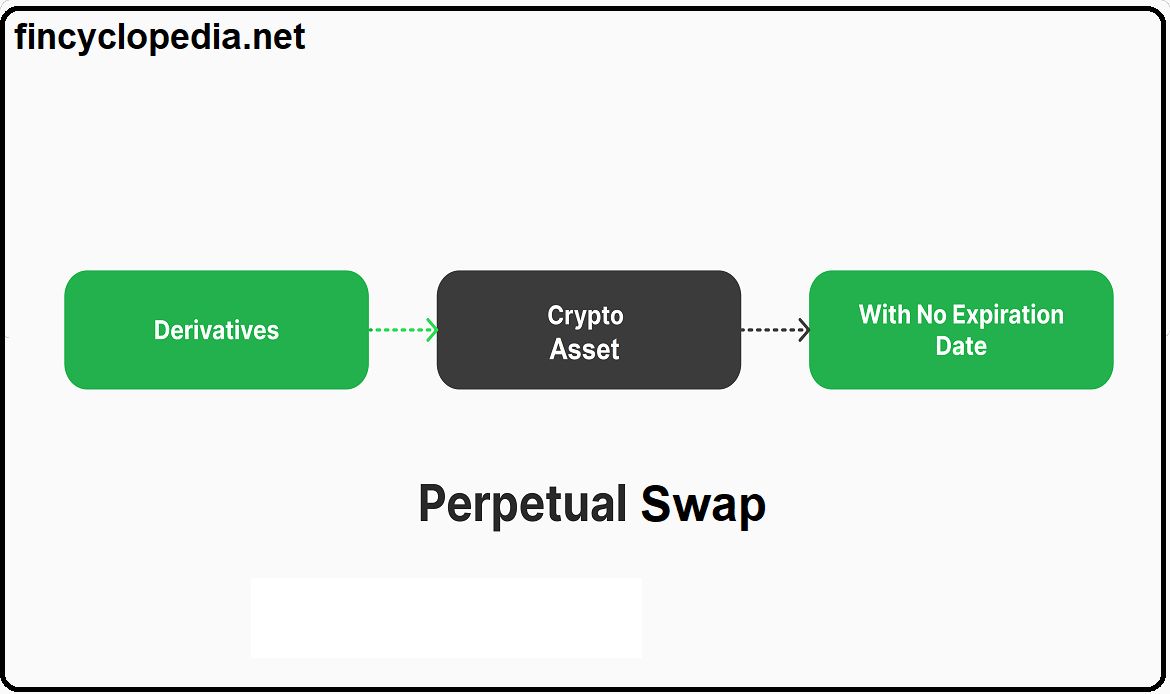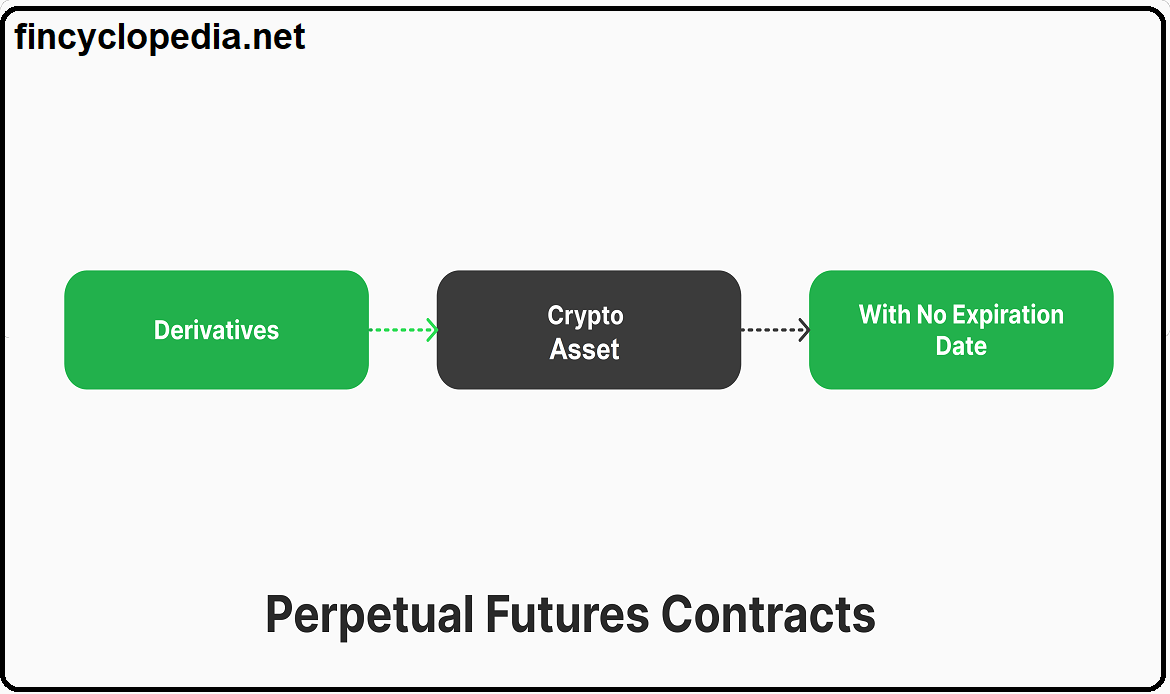An option whose payoff is based on the price of an underlying asset raised to a power. It is designed to allow the buyer (holder) to take a leveraged view on a specific asset or its volatility.
A standard power option has a nonlinear payoff at maturity. The payoff of a call is:
Power call payoff = Max [Si – X, 0]
The payoff of a put is:
Power put payoff = Max [X – Si, 0]
Where i is some power (i > 0).
The payout of such an option will be magnified in relation with a particular benchmark rate, if the view proves correct. For example, if a firm expects that LIBOR rate is about to rise over the coming quarter, it can leverage that expectations by purchasing a power option that provides a leveraged payout based on the squared or cubed amount of change in LIBOR. If the market view turns out to be true, the potential payoff received by the buyer of a power option would, certainly, be much higher than that on an equivalent, regular (non-leveraged) option. Likewise, the premium paid for a power option also considerably exceeds that on a regular option (vanilla option).
The power option is also known as a leveraged option.
Conceptually, it is similar to the powered option, though each has its own power mechanism.




